Swanage Pier
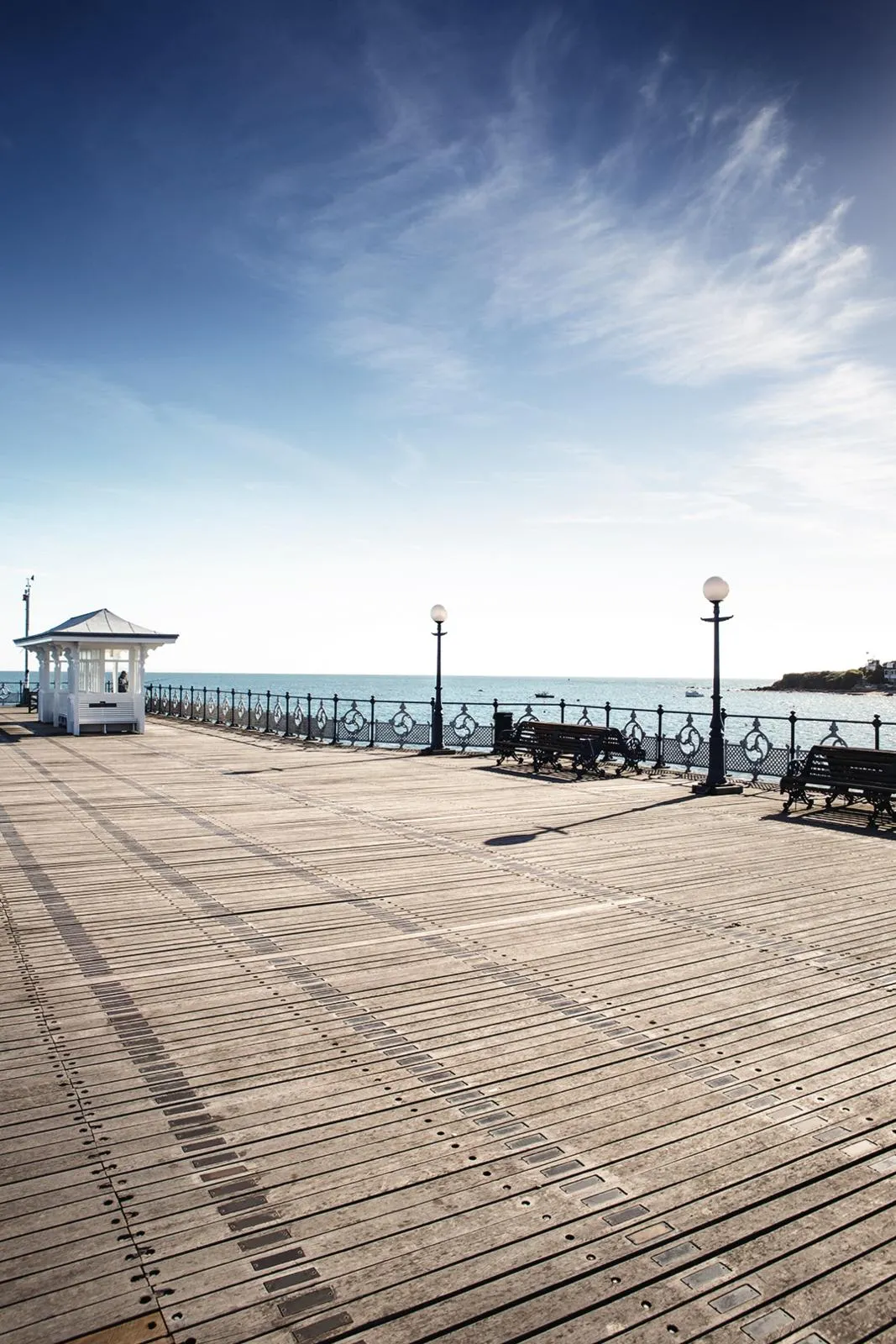
Extending for almost 200 elegant metres into the English Channel, this Dorset promenade was the work of prolific pier designer Eugenius Birch. Opened in 1897, to serve passenger steamers running along England’s south coast, it fell into disrepair in the late 1960s.
Now Grade II-listed and run by a charitable trust, it was restored in the late 1990s and continues to draw visitors with its ornamental ironwork, dapper wooden shelter and Jurassic Coast views. Like several other piers, it’s visited by the historic Waverley paddle steamer, but it’s also home to a popular diving centre and hosts outdoor yoga in summer.
You might also like our Isle of Purbeck travel guide
Blackpool Central Pier
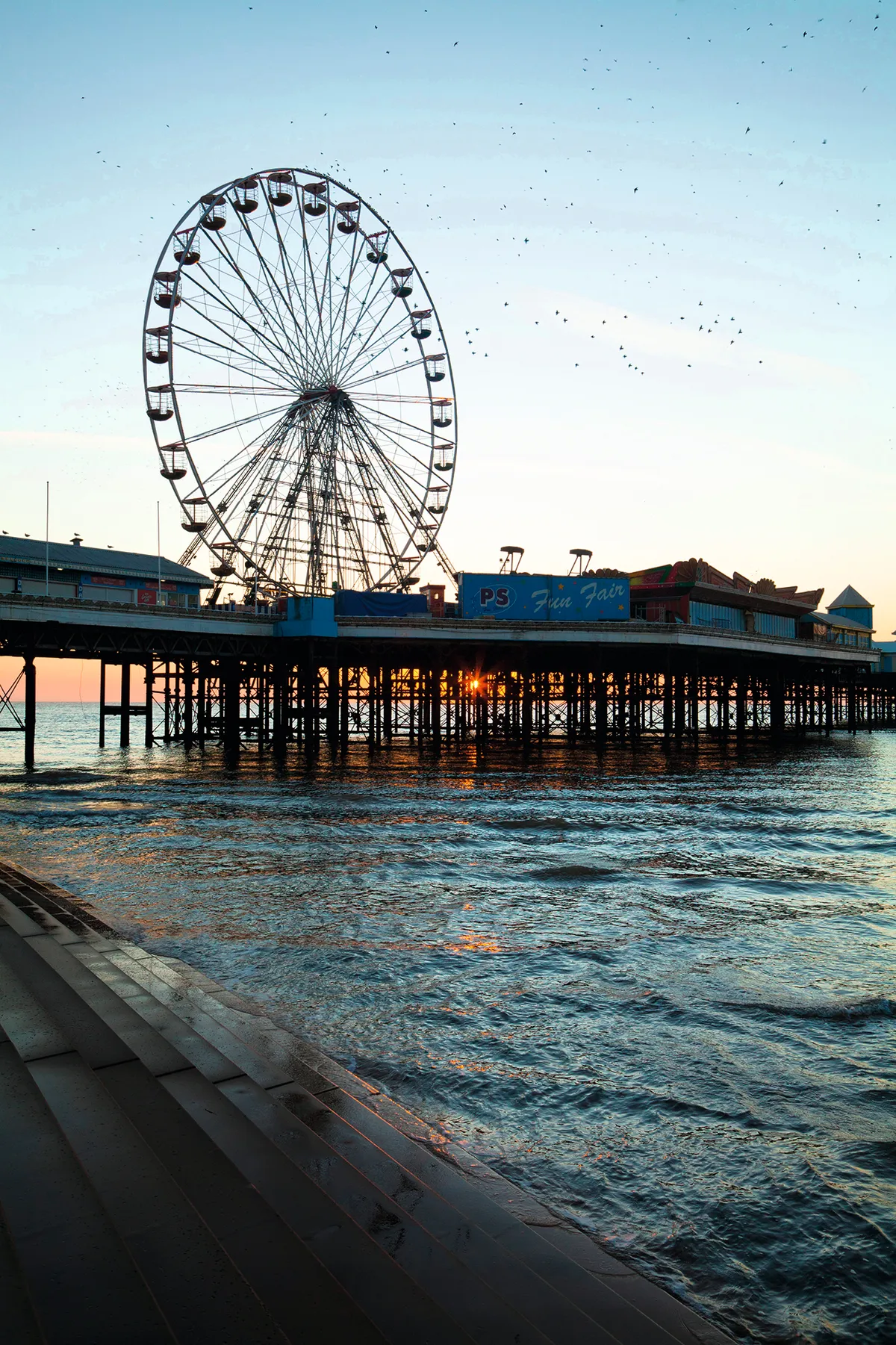
One of three piers built in what was once the UK’s prime seaside resort, this Lancashire icon is, arguably, the most famous example of its kind. Like so many others, it was built (in 1868) to tap into the growth of visitors that came with the rise of railways and workers’ holidays.
Dubbed the ‘People’s Pier’, unlike the town’s North Pier – older, longer and altogether more refined – it was designed (by Lieutenant-Colonel John Isaac Mawson) as a kind of overwater fun fair; entertainment for the working classes was the objective. Later additions included a theatre, dodgems, waltzers and a ferris wheel.
Cleethorpes Pier
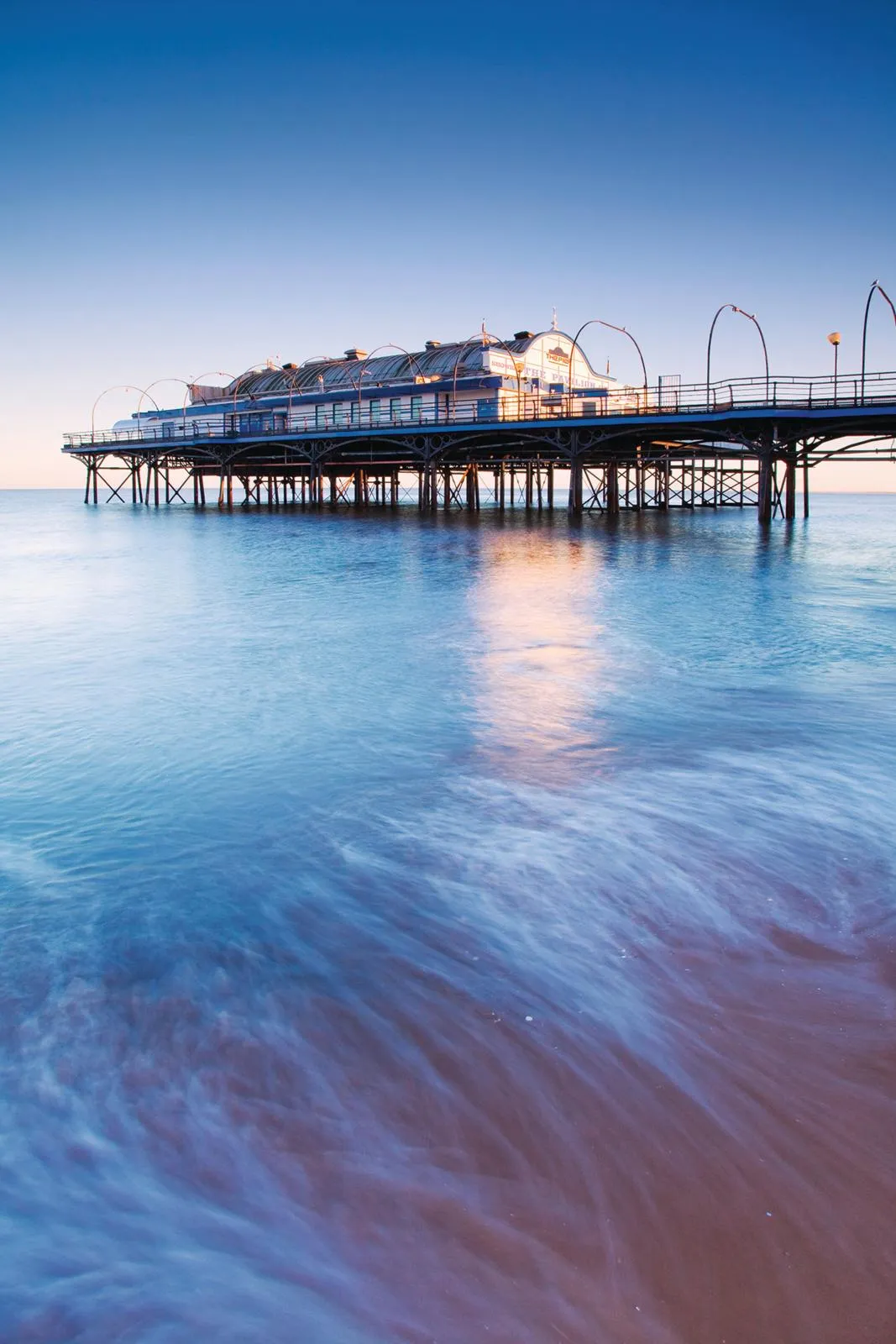
This truncated Lincolnshire projection (the seaward section was breached for defence in 1940, then later demolished) still has echoes of the end-of-the-pier show about it. Like so many of its peers, the 1873 structure has been through its share of turbulence, from storm damage and fire to bungled development plans.
What’s left is a treasure, however. An Edwardian pavilion on stilts, built in 1905 when its pier-head predecessor was burnt down, it was restored – along with the pier’s wooden walkways – by a local consortium in 2015 and now operates as a glitzy fish and chip restaurant.
You might also like the UK's best coastal walks
Bangor Garth Pier
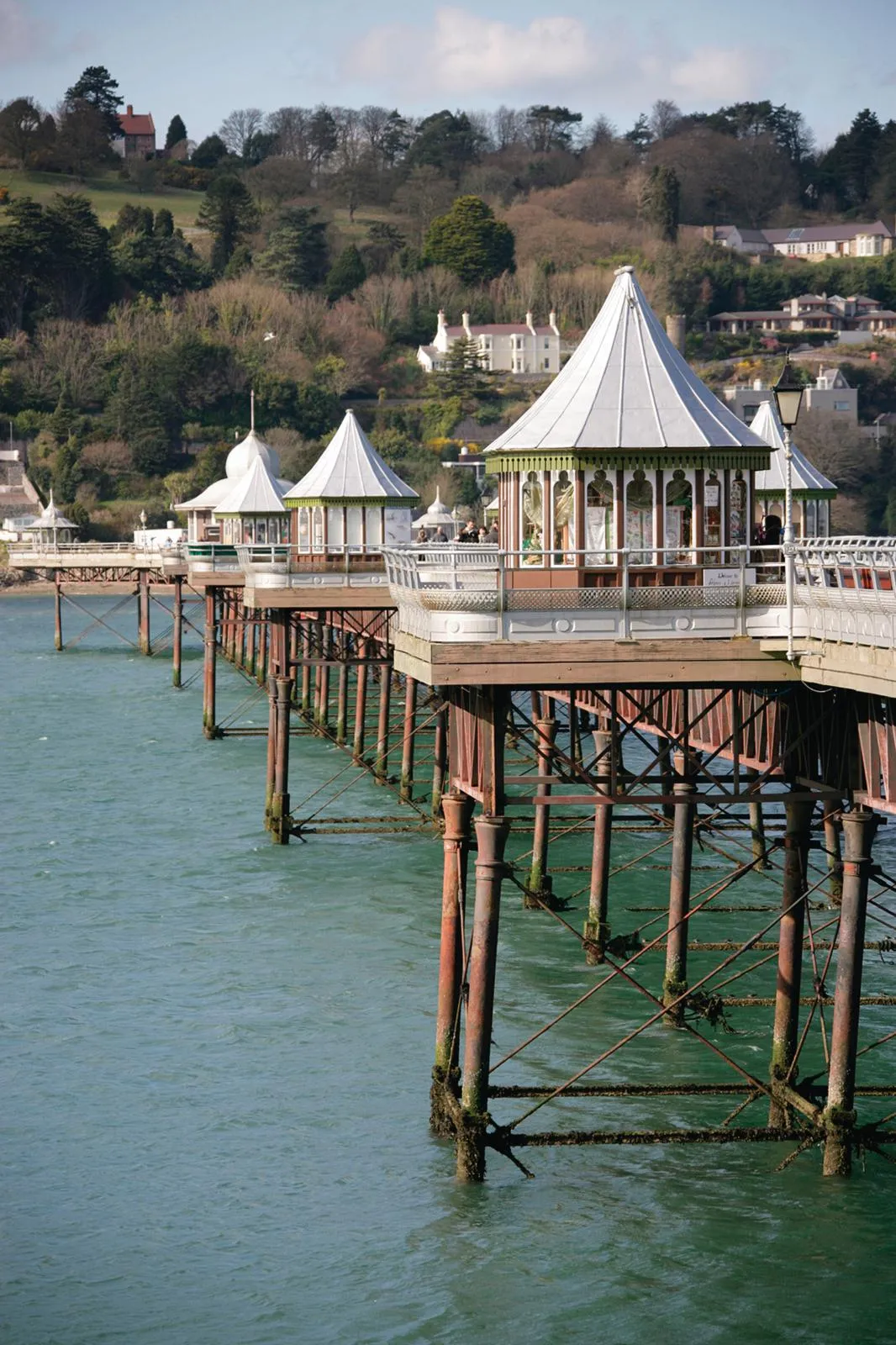
Crowned Pier of the Year for 2022, this feat of Victorian engineering stretches 460m into the Menai Strait, reaching out from the coastline of Bangor, in North Wales, almost to Anglesey. Reopened last year following a major restoration, the Grade II*-listed pier first opened in 1896.
Primarily it served the Liverpool and North Wales Steamship Company, which shuttled passengers on pleasure steamers between Blackpool, Liverpool and the Isle of Man, but it also played host to brass bands, variety performances and swimming contests. Its long wooden deck is laced with octagonal kiosks.
Ryde Pier
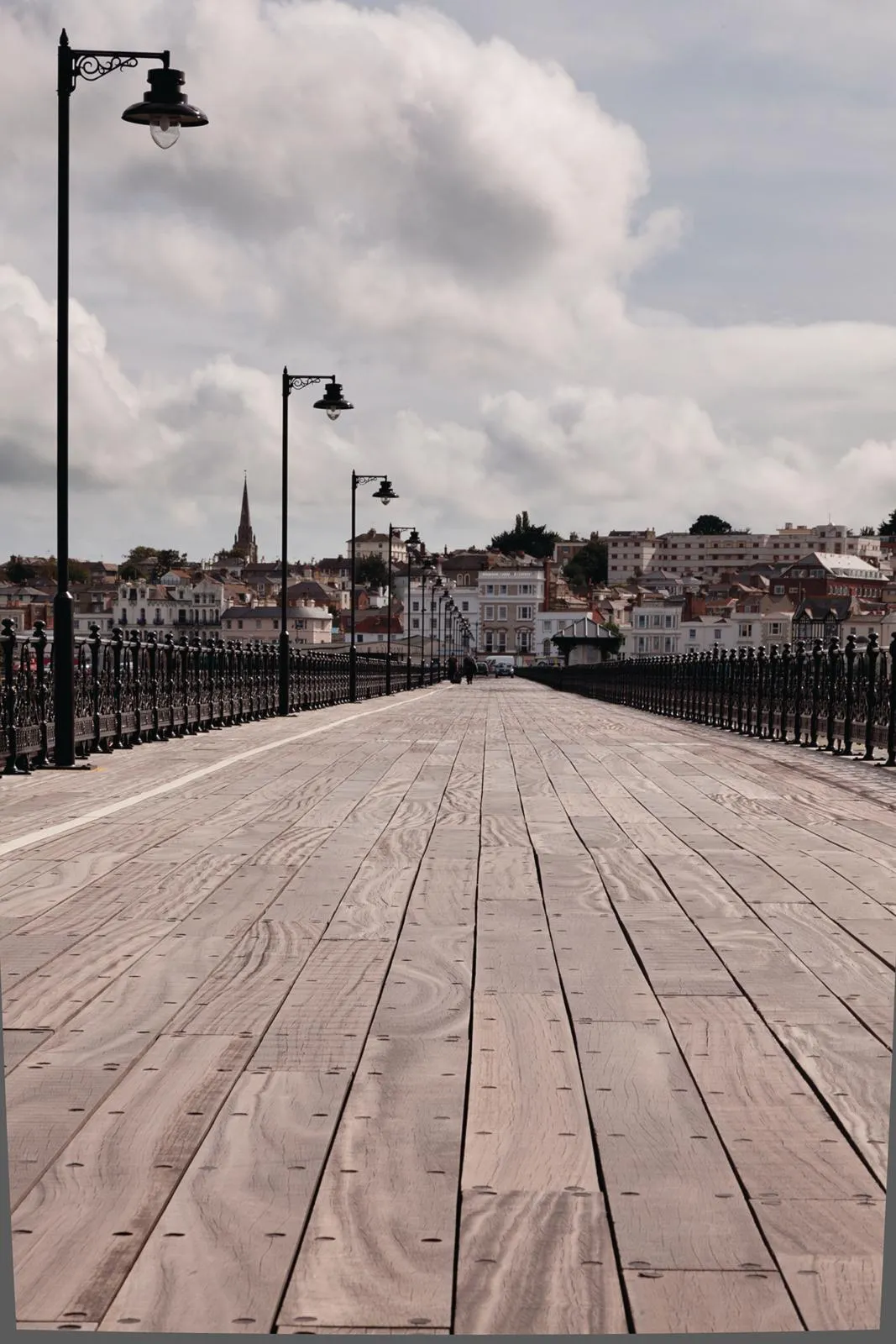
Ryde, on the Isle of Wight, is home to the world’s oldest seaside pleasure pier. Opened in 1814, it offered a great improvement on coming ashore – before then, it involved an ungainly combination of being carried on a porter’s back and, if the tide was out, squelching half a mile across wet sand.
Later extended and strengthened, in 1864 a parallel second pier was constructed to carry horse-drawn trams. This was joined by a third pier, for rail carriages, in 1880. Currently two piers are in operation – the original promenade pier and one to shuttle passengers onwards from docking Portsmouth catamarans.
You might also like 48 hours in the Isle of Wight
Clevedon Pier

Proclaimed the most beautiful pier in England by Sir John Betjeman (who knew a good pier when he saw one, as the National Piers Society’s first honorary president), this restored Somerset marvel was built in the 1860s as both a tourist attraction and paddle-steamer port.
Llandudno, Brighton Palace, Cromer, Southwold and several others might contest that claim, but there’s no arguing with the fact that it’s a showstopper. Projecting gracefully into the Severn Estuary, with an elegant pagoda at one end and the Glass Box cafe at the other, Clevedon is the UK’s only Grade I-listed pier.
